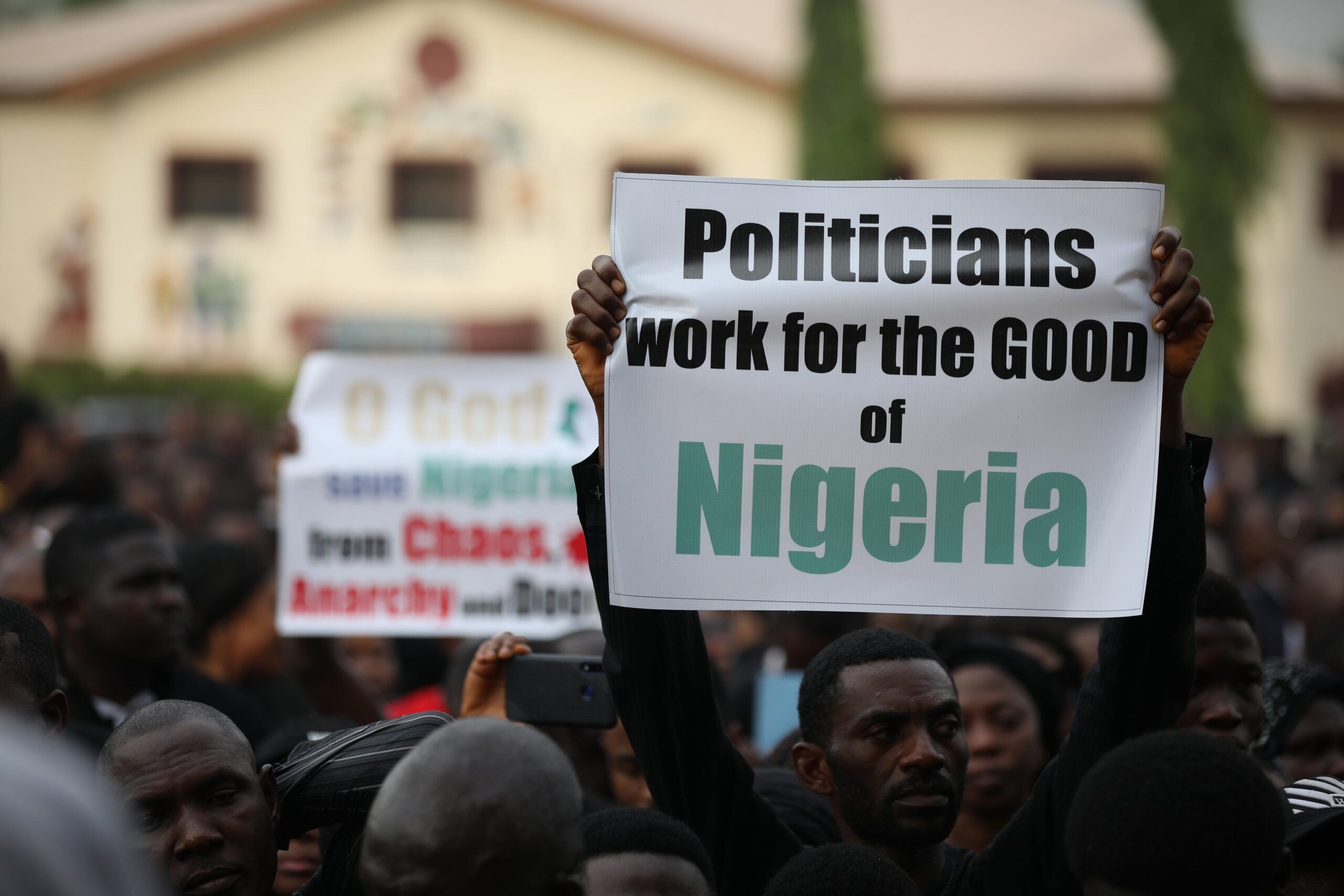
The International Institute for Religious Freedom (IIRF), in partnership with Global Christian Relief (GCR), released a January 2025 report on the global Christian community’s experiences of violence and persecution. Called “Faltering States and Growing Churches,” the report draws on data from the Violent Incidents Database (VID) to offer a sobering analysis of rising violence against Christians and the increasingly critical role of the church in fragile and failed states. It also highlights the enduring strength and resilience of faith communities under pressure and persecution.
As global violence intensifies, the role of non-state actors—particularly churches—has become increasingly vital in conflict zones. From war-torn regions in Africa to surveillance-heavy regimes in Asia, the findings illustrate how religious freedom violations reflect—and, in some cases, expose—the breakdown of state authority and civic order.
Africa: Epicenter of Faith-Based Conflict and Resilience
The African continent has the highest levels of recorded Christian persecution. The Sahel belt, in particular, is experiencing a dramatic rise in attacks by jihadist groups such as Boko Haram, Al-Qaeda affiliates, and ISIS-linked movements. Nigeria leads globally with 9,818 Christian deaths between November 2022 and November 2024, followed by the Democratic Republic of the Congo (390 deaths) and Mozambique (270).
In Mozambique, ISIS-affiliated groups have devastated Christian communities, particularly in Cabo Delgado, where attacks have included mass killings, rape, and the razing of entire villages. The country also saw 1,745 Christian properties attacked and 15,854 people displaced, making it one of the most severely affected countries globally.
Rwanda, while not marked by violence, raised concerns with its closure of over 7,700 churches, ostensibly for building code violations, though local pastors report religious discrimination.
Middle East and North Africa: Long-Term Decline and Quiet Hope
In the Middle East, the Christian population continues to decline amid persistent insecurity. A decade after ISIS’s occupation of Mosul, only a fraction of displaced families have returned. In Iran, Yemen, and Mauritania, arrests of Muslim-background believers have increased. Meanwhile, Gaza’s Christian population has dropped below 1,000, and 10 churches were destroyed in Israeli airstrikes during the 2023 conflict.
Yet amid decline, signs of hope emerge. In Türkiye, church growth is quietly accelerating in response to political polarization. Egypt has legalized hundreds of churches, and Christian NGOs remain active in providing humanitarian relief across the region.
India: Hindutva Politics and Christian Vulnerability
India continues to see intense religious pressure, particularly in tribal regions. Although the BJP suffered electoral setbacks in 2024, the Hindutva agenda persists. RSS-affiliated groups have targeted Christian gatherings, often with state complicity, resulting in widespread displacement (63,328 people), arrests (150), and attacks on Christian property (4,951 incidents)—the highest of any country during the reporting period.
The situation in Manipur was especially dire, as ethnic violence led to the burning of homes and churches. Despite constitutional protections, many Indian Christians live under threat of physical, social, and legal harassment.
China: Fear and Surveillance of the Growing Church
The Chinese Communist Party (CCP) remains deeply concerned about the growth of unregistered churches, which have an estimated 40 million to 80 million members. In 2024 alone, 1,559 Christians were arrested or sentenced, the highest number in any country for that year. Chinese authorities fear the church’s capacity to form alternative communities and its perceived threat to the state’s ideological monopoly.
Despite tight controls, the church continues to adapt. “Walking churches” in parks and decentralized house church networks have emerged as models of resilience. The VID highlights the CCP’s use of legal pretexts to arrest faith leaders and suppress dissent across religious lines.
Latin America: Churches at Risk Amid Cartel and State Violence
In Mexico, violence from criminal groups led to 46 Christian killings, 745 displacements, and 250 property attacks. In Nicaragua, state repression has escalated, with over 200 arrests of Christian leaders and widespread church closures. Cuba and El Salvador have also seen surges in religious freedom violations linked to political control and gang-related tensions.
Latin American churches increasingly bear the brunt of both cartel violence and authoritarian crackdowns, with clergy targeted for their influence and community engagement.
Conclusion
But despite the sobering rise in religious freedom violations, there are some positive signs. Major powers have, for now, avoided escalating the world’s deadliest conflicts, creating space for faith-based groups to act where governments cannot. The increasingly aggressive attempts by authoritarian regimes to silence dissent reveal not strength but deep insecurity—an opportunity for advocates to press forward. The growing power of open-source, evidence-based tools like the Violent Incidents Database is strengthening the credibility and impact of religious freedom advocacy.